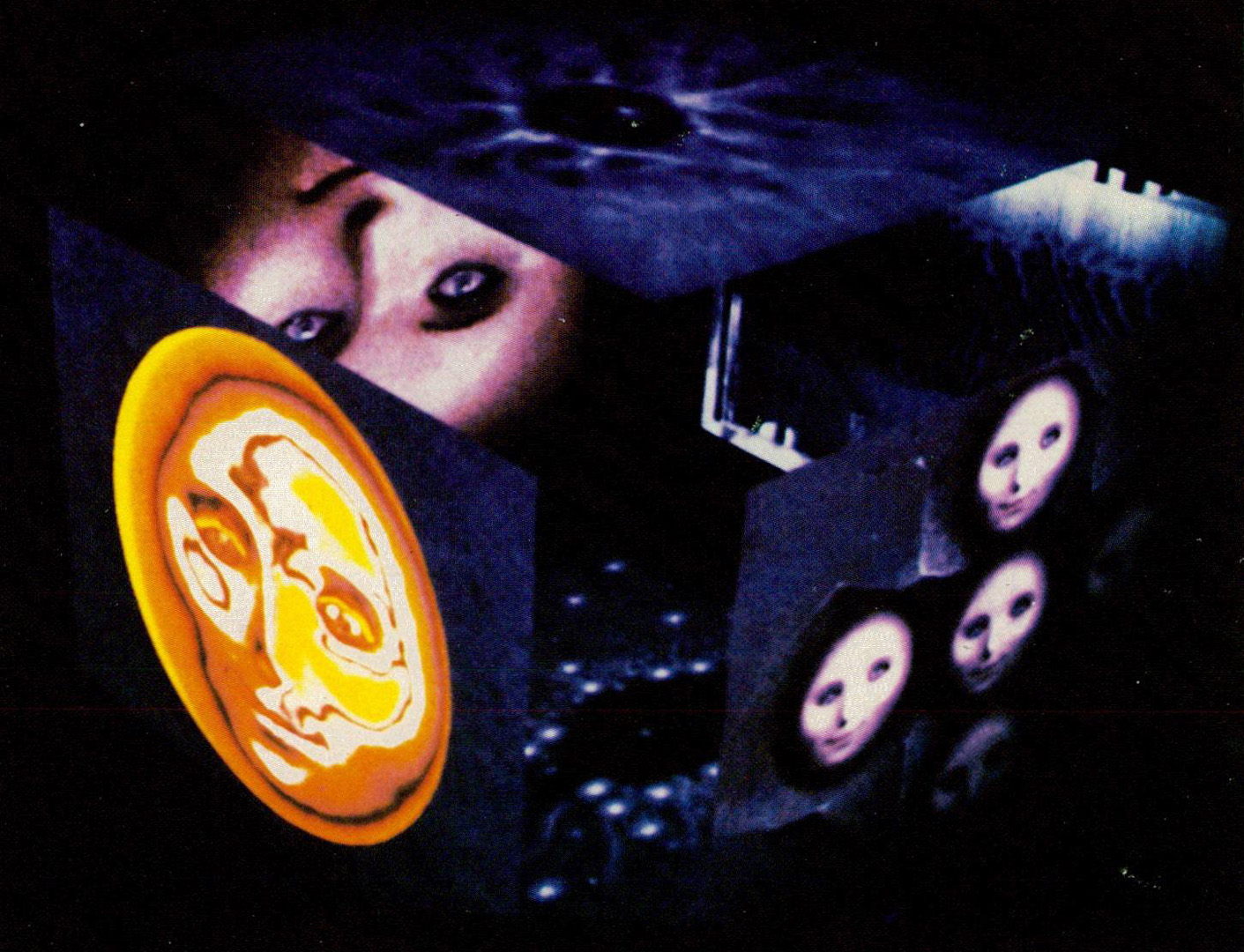“Pyramidal parametrics” by Williams
Conference:
Type(s):
Title:
- Pyramidal parametrics
Presenter(s)/Author(s):
Abstract:
The mapping of images onto surfaces may substantially increase the realism and information content of computer-generated imagery. The projection of a flat source image onto a curved surface may involve sampling difficulties, however, which are compounded as the view of the surface changes. As the projected scale of the surface increases, interpolation between the original samples of the source image is necessary; as the scale is reduced, approximation of multiple samples in the source is required. Thus a constantly changing sampling window of view-dependent shape must traverse the source image. To reduce the computation implied by these requirements, a set of prefiltered source images may be created. This approach can be applied to particular advantage in animation, where a large number of frames using the same source image must be generated. This paper advances a “pyramidal parametric” prefiltering and sampling geometry which minimizes aliasing effects and assures continuity within and between target images. Although the mapping of texture onto surfaces is an excellent example of the process and provided the original motivation for its development, pyramidal parametric data structures admit of wider application. The aliasing of not only surface texture, but also highlights and even the surface representations themselves, may be minimized by pyramidal parametric means.
References:
1. Blinn, J., and Newell, M., “Texture and Reflection on Computer Generated Images,” CACM, Vol. 19, #10, Oct. 1976, pp. 542-547.
2. Bui-Tuong Phong, “Illumination for Computer Generated Pictures,” PhD. dissertation, Department of Computer Science, University of Utah, December 1978.
3. Crow, F.C., “The Aliasing Problem in Computer Synthesized Shaded Images,” PhD. dissertation, Department of Computer Science, University of Utah, Tech. Report UTEC-CSc-76-015, March 1976.
4. Dungan, W., Stenger, A., and Sutty, G., “Texture Tile Considerations for Raster Graphics,” SIGGRAPH 1978 Proceedings, Vol. 12, #3, August 1978.
5. Eastman, Charles M., “Representations for Space Planning,” CACM, Vol. 13,#4, April 1970.
6. Feibush, E.A., Levoy, M., and Cook, R.L., “Synthetic Texturing Using Digital Filters,” Computer Graphics, Vol. 14, July, 1980.
7. Hanrahan, Pat, private communication, 1983.
8. Heckbert, Paul, “Texture Mapping Polygons in Perspective,” NYIT Computer Graphics Lab Tech. Memo #13, April, 1983.
9. Klinger, A., and Dyer, C.R., “Experiments on Picture Representation Using Regular Decomposition,” Computer Graphics and Image Processing, #5, March, 1976.
10. Knowlton, K., “Progressive Transmission of Gray-Scale and Binary Pictures by Simple, Efficient, and Lossless Encoding Schemes,” Proceedings of the IEEE, Vol. 68, #7, July 1980, pp. 885-896.
11. Meagher, D., “Octree Encoding: A New Technique for the Representation, Manipulation, and Display of Arbitrary 3D Objects by Computer,” IPL-TR-80-111, Image Processing Lab, Electrical and Systems Engineering Dept., Rensselaer Polytechnic Institute, October 1980.
12. Tanimoto, S.L., and Klinger, A., Structured Computer Vision, Academic Press, New York, 1980.
13. Tanimoto, S.L., and Pavlidis, T., “A Hierarchical Data Structure for Picture Processing,” Computer Graphics and Image Processing, Vol. 4, #2, June 1975.
14. Tanimoto, S.L., “Image Processing with Gross Information First,” Computer Graphics and Image Processing 9, 1979.
15. Warnock, J.E., “A Hidden-Line Algorithm for Halftone Picture Representation,” Department of Computer Science, University of Utah, TR 4-15, 1969.
16. Williams, L., “Pyramidal Parametrics,” SIGGRAPH tutorial notes, “Advanced Image Synthesis,” 1981.
17. Yau, M.M., and Srihari, S.N., “Recursive Generation of Hierarchical Data Structures for Multidimensional Digital Images,” Proceedings of the IEEE Computer Society Conference on Pattern Recognition and Image Processing, August 1981.




